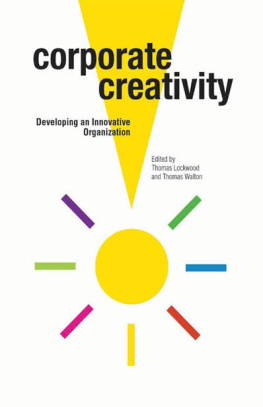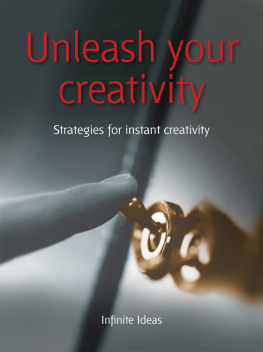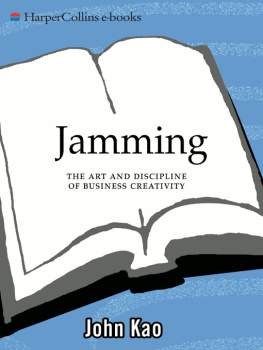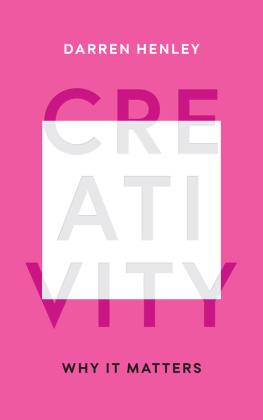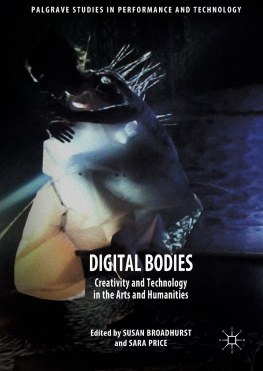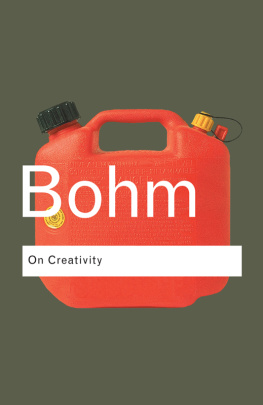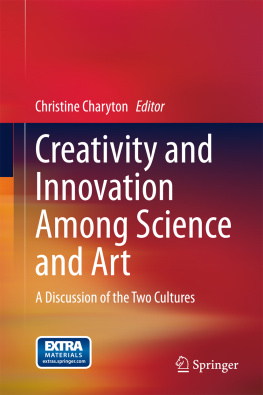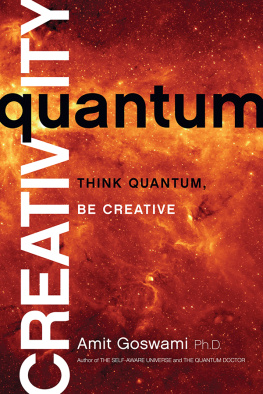
Where is Creativity?
Where is Creativity? A Multi-disciplinary Approach goes beyond the orthodox image of creativity as laying inside the brain-mind, to explore how and why it also emerges from relationships between people, from physical spaces such as workplaces and cities, as a result of new media technology and the Web, and due to the effects of broad contexts of the economy and industry. It explores contemporary psychological, sociological, anthropological, economic and philosophical debates concerning creativity in an accessible way, which non-specialist and creative practitioners can appreciate, culminating in a picture of the anatomy of creativity which seeks to provide a concrete guide to the doing of creativity to complement a deeper understanding of its nature and origins.
The book will be useful for teaching staff and students; businesses and practitioners; and professionals and policy-makers working within a wide range of creative and innovation-based industries.
Jim Shorthose works across the different aspects of the creative ecology in higher education, advising creative businesses and working with cultural organizations. He is the author of several books which traverse the spaces between theoretical debates about creativity and concrete artistic practice.
Neil Maycroft is Reader in Art and Design at the University of Lincoln, UK, and is the author of several books and numerous articles on material culture, as well as broader discussions of the nature and origins of creativity, especially as applied to design.


Where is Creativity?
A Multi-disciplinary Approach
Jim Shorthose and Neil Maycroft
First published 2017
by Routledge
2 Park Square, Milton Park, Abingdon, Oxon OX14 4RN
and by Routledge
711 Third Avenue, New York, NY 10017
Routledge is an imprint of the Taylor & Francis Group, an informa business
2017 Jim Shorthose and Neil Maycroft
The right of Jim Shorthose and Neil Maycroft to be identified as authors of
this work has been asserted by them in accordance with sections 77 and 78
of the Copyright, Designs and Patents Act 1988.
All rights reserved. No part of this book may be reprinted or reproduced or
utilised in any form or by any electronic, mechanical, or other means, now
known or hereafter invented, including photocopying and recording, or in any
information storage or retrieval system, without permission in writing from
the publishers.
Trademark notice : Product or corporate names may be trademarks or
registered trademarks, and are used only for identification and explanation
without intent to infringe.
British Library Cataloguing-in-Publication Data
A catalogue record for this book is available from the British Library
Library of Congress Cataloging-in-Publication Data
Names: Shorthose, Jim, 1959 author. | Maycroft, Neil, 1963 author.
Title: Where is creativity? : a multi-disciplinary approach / Jim Shorthose
and Neil Maycroft.
Description: 1 Edition. | New York : Routledge, 2017. | Includes
bibliographical references and index.
Identifiers: LCCN 2016055876 | ISBN 9781472437266 (hardback) |
ISBN
9781315547466 (ebook)
Subjects: LCSH: Creative ability. | Creative ability in business.
Classification: LCC BF408 .S4496 2017 | DDC 153.3/5dc23
LC record available at https://lccn.loc.gov/2016055876
ISBN: 978 - 1 - 4724 - 3726 - 6 (hbk)
ISBN: 978-1 - 315 - 54746 - 6 (ebk)
Typeset in Bembo
by Apex CoVantage, LLC
As always, we dedicated this book to our kids, George, Raya
and Rose.


Contents
Truth to tell, the study of creativity remains a marginal topic in psychology and related fields, and quantum advances are few and far between. So far as I have been able to ascertain, in the past two decades no powerful new approaches have threatened dominant concepts, frameworks, or paradigms.... That said, we may be on the cusp of important breakthroughs in two areas. Turning first to the realm of computers, intelligent systems have advanced enormously in recent decades.... The other realm poised for breakthrough is that of the biological understanding of creativity.
(Gardner 2011. p. xx [Preface])
We tend to agree with Howard Gardner that the dominant approach to the study of creativity does appear to be predominantly psychological, and that the growth of research within neuroscience and the related fields of artificial intelligence are indeed feeding into that picture. However, whilst neuroscience is developing apace, we are sceptical as to the degree to which this field of study will lead to great breakthroughs in the understanding of creativity.
We are even more sceptical about the rather florid claims that are made about artificial intelligence. It seems that neuroscience wants to become the once and for all answer to the question of creativity. But this assumes that creativity is a thing to be uncovered. It is our view that the thing we call creativity is a large number of different things, which we sometimes experience as flashes of inspiration, but sometimes come from a long, drawn-out process of hard work and boring detail. Which sometimes is the result of individual creative thinking, and sometimes the result of collaborative teamwork. The idea of a
breakthrough to uncover some secret, so far undiscovered centre to this is to misunderstand the nature of creativity as a varied, multi-faceted, sometimes planned, sometimes haphazard series of interlocking processes. And to see neuroscience as the best route to a future mapping of this is questionable to say the least. Neuroscience is the current fashion, but we would do well to remember that only twenty years or so ago it would have been genetics, claims of the creativity gene, which would have been the flavour of the month.
I suspect that eventually neuroscience will come up with the idea that creativity is an all brain experience. That is, we will be told that creativity is somewhere in the brain, and that will not really tell us anything much other than what we already know. And then someone from way back in history will remember that creativity also resides in the body, the hand and the fingers too! Neuroscience has a role in understanding creativity, but so do many other perspectives. It is not a special, scientific and therefore privileged insight.
As for the idea of the next ratchet up, artificial intelligence, this will require us to accept that one day we will be able to create creativity. Well, firstly, we can already do creativity.
Secondly, to create artificial creativity we will need to be able to get down to the core of
x Preface
what human consciousness is. Not only can we not conceive of how we can uncover the answers, we cannot conceive of how to approach the questions. Can we really ever be able to prove what human consciousness is for everyone, for all time, for all experiences? No.
Next page

